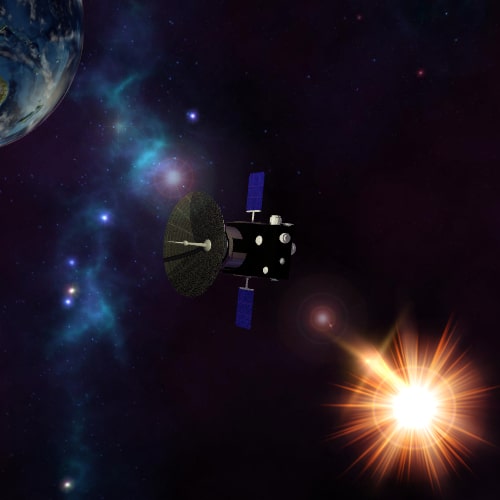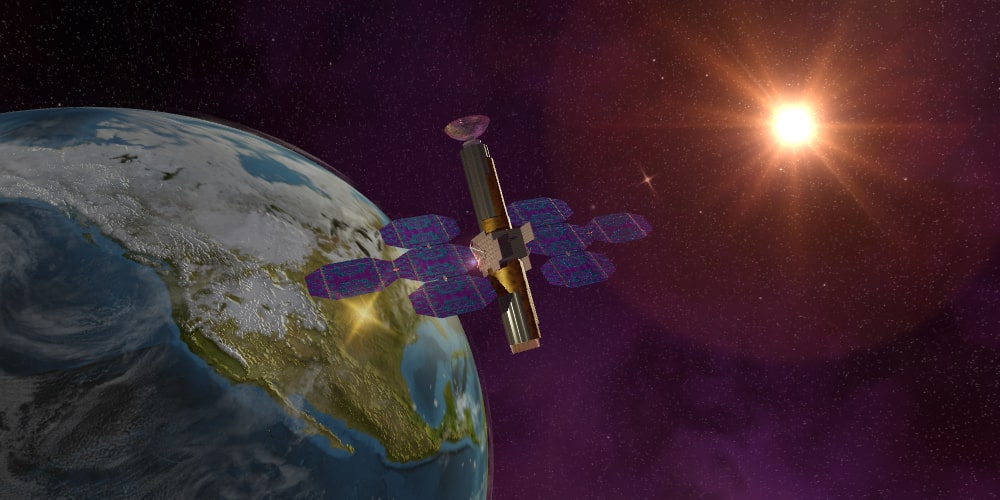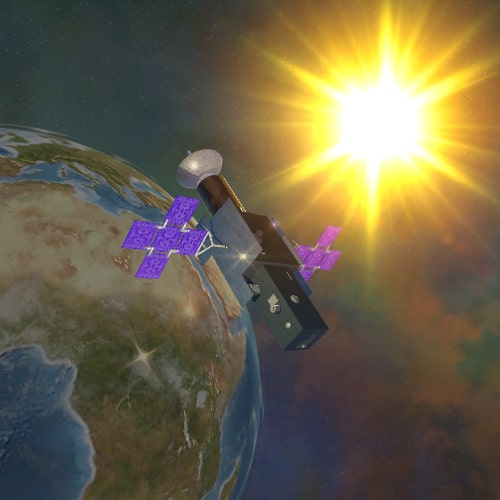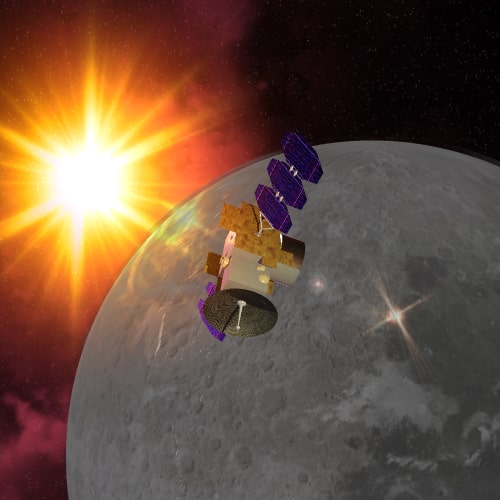During the conceptual design phase of a space mission, diverse architectures are compared the focus lays in the identification of a feasible design envelope instead of finding an optimal solution in terms of mass or transfer time or power. Meanwhile, if those analyses can be performed maintaining low the computational time, they will ease the work of the mission analysis engineers. We believe that in space mission design, it is required to perform simulations with different types of propellant, thruster's operative points, number of thrusters as well as payload mass. The complexity of the problem calls for an integrated tool that may size the systems and the trajectory simultaneously at the very first phases of the design.
To answer the need for reliable design framework for space missions, we focus our attention on the development of flexible design tool and approaches. Our team works on multidisciplinary integrated tools and methods, which perform preliminary design of the space mission in terms of main mission and system budgets. Our development begins with the subsystems sizing and ends in an improved version of the masses and power definitions as well as the harmonization of a preliminary low-thrust or high-thrust trajectory propagation module for the space mission. Our tools are flexible software that may be used to analyze different transfers and mission scenarios ranging from LEO up to lunar orbit. The in-loop trajectory tool improves the sizing results thanks to more accurate values of velocity increment, transfer time and propellant mass.
Our efforts in developing new ideas and effective solutions in space mission design are not bounded by Earth-orbiting satellites. Future human space exploration activities will very likely incorporate space stations and platforms located in the Earth–Moon system, in particular in lunar orbit or in the Lagrange points. It is reasonable to start assembly and mission logistics from today's frequently used near-Earth orbits, in order to utilize common launcher systems and other infrastructure elements.
Our team deals with the conceptual design of cis-lunar space missions and presents results based on analysis as well as numerical trajectory computation taking gravitational perturbations of multiple celestial bodies into account. While analytic methods generate data suitable for initial estimates and general assessments on delta-v and transfer time for rather fast trajectories, our team always comes with an approach that covers long transfer time missions and allows direct and easy access to other relevant mission parameters.
Our approach for such problems gives an overview of the perturbation shares in various orbits and trajectories in Earth vicinity and along in and outbound lunar transfers. It addresses the long-term evolution of selected Earth-bound orbits that are likely to be used as staging or parking locations (on the way to and from the Moon). We provide solutions on how various orbits are being altered by perturbations over time and consequential impacts on mission parameters like delta-v, transfer time and periods for preferable in-and-out bound transfer window periods.
We design, analyze and develop well-reasoned mission architectures for interplanetary space missions as well. Recent advances in space technology are leading the transition from purely education tools to actual scientific missions. The small volumes and masses, the versatile purpose, as well as the fast development time associated with a potential high return-to-cost ratio are at the origin of the increasing number of new mission architectures, also beyond Low Earth orbit (LEO). Our mission is to assess the ability to complement interplanetary scientific missions.
The feasibility study of a mission involving the use of small space systems such as cubesats as secondaries for technology demonstration and science purposes is our field of interest. After defining the mission objectives and requirements, the development of concepts of operations and mission architectures begins. We adopt multiple trade-off tools to define the proposed mission baseline. We focus on the scientific campaign conducted by the cubesats in interplanetary space missions. Our solutions involve important technological demonstrators, which shows that cubesats can be successfully integrated as multi-platform systems to provide useful support to interplanetary missions. Our approach enables the capability to acquire more detailed information with the possibility to combine them to obtain better results with respect to single-platform systems. Our proposed mission concept represents a valuable low-cost solution adaptable to several mission contexts, with a potential high return and a remarkable attitude for the implementation and testing of new technologies and operations. We try to provide useful frameworks for the design and development of interplanetary cubesats missions.






